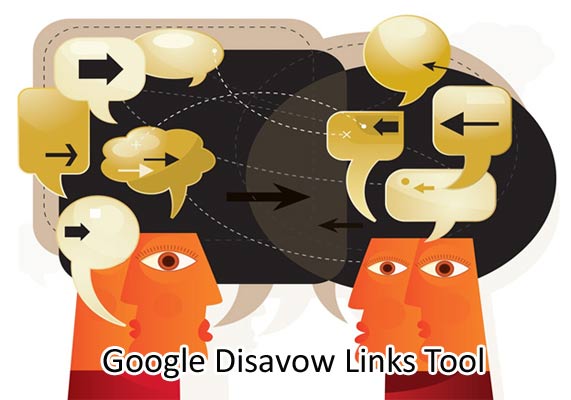Google Disavow Tool – Should You Be Using It?
If you’re not familiar with the Google Disavow Links tool, it’s a relatively new service that’s part of Google Webmaster Tools that’s designed to remove low quality links that might be adversely affecting your site’s ranking. Before you rush to start using this tool, however, you should know something about how it works and what it is meant to accomplish.
Why you need to remove poor quality links
Google has been cracking down on low quality links for some time now. They have really stepped up their efforts since the Panda and Penguin updates, however (the more recent Hummingbird update introduces some new algorithms and an emphasis on conversational search – but doesn’t change the search engine’s policy regarding links).
Many website owners found that they lost their ranking when these updates were introduced. Some have been hit more recently, as the enforcement of this policy has been an ongoing exercise. The point is that backlinks deemed spammy or low quality by Google can have a devastating effect on your ranking! That’s why many people are now seeking to get rid of these links.
One somewhat ironic result of this is that some of the same SEO services that once charged people to build links are not offering link removal services! However, it can be just as risky to pay someone to remove links as it is to build them. Removing links should be done carefully, as it can otherwise cause more harm than good.
What Google says about link removal
Matt Cutts recently released a video where he explains who the Disavow Links Tool is for. Watch the video below.
He makes a few points in this video, but he goes out of his way to stress that most people should not need this tool at all. He says that the tool should only be used in the following circumstances:
- If you have gotten a message from Google warning you about the presence of unnatural links.
- You have conducted some aggressive SEO campaigns (either on your own or through a service).
Google has created this tool for the sole purpose of helping people who have engaged in unnatural linking for the sole purpose of ranking their sites. This includes buying spammy links, participating in link exchanges or doing any type of link spamming (such as in forums or blog comments). In some cases, an SEO service you hired may have done such things without telling you!
If you haven’t done any serious SEO on your site or you have been careful to only use ethical and white hat methods, you probably have no need of the Disavow Links Tool and it might even be detrimental for you to use it.
How to identify links that should be removed
The first thing you should do is take inventory of your links so you can decide which ones, if any, need to be removed. This can be done using Google Webmaster Tools. There, you can click on the site you’re interested in and see which ones may be causing you problems. This involves conducting what is known as a link audit, which allows you to determine the quality of all your links.
Read this article on Search Engine Watch to learn how to conduct a link audit.
To do a proper link audit, you will need a good quality backlink checker. Some of the more popular ones are Majestic SEO and Moz (previously known as SEOmoz). This can give you a pretty accurate idea of your links’ quality. For example, a link from a site that is not indexed by Google is one that should probably be removed. Similarly, if there is a warning regarding viruses or malware this would be another red flag!
-
First, remove links manually
Assuming that you have identified some links that you want to remove, you should still not immediately turn to the Disavowal Links Tool. You should first try to remove these links manually. The way you do this is to send emails to any webmasters whose sites are linking to yours (with questionable or low quality links). Simply explain the situation to the website owner and request that they remove the link from their site.
In some cases, you will not get any response and no action will be taken. You can, however, get many links removed this way. Most website owners are interested in maintaining a good reputation online and it isn’t that much trouble for them to remove a few links.
-
Then, use the Disavow Links Tool
For bad links that you cannot get removed manually, you can use the Disavow Links Tool. This is found in Google Webmaster Tools, where you find the domain for which you want to remove the links. You then simply upload a text file that contains the links you want to disavow. That’s all there is to it.
As Cutts explains in his video, it may take several weeks to see results from submitting the links to the Disavow Links Tool. You should not, therefore, expect an instant improvement in your ranking.

Conclusion
As noted, the Disavow Links Tool is not something that should be used by everyone. Nor should it be the first action that you take to remove links. Google is discouraging people from overusing this tool. Therefore, it would be a mistake to think that you can improve your rankings simply by disavowing as many links as possible.
The tool can be part of your SEO strategy, especially if you have relied on overly aggressive SEO in the past. It should be something that should only be needed once, at least for any one site. Your goal should be to make sure that you are careful about building links in the future so that you never have to worry about removing them again!

